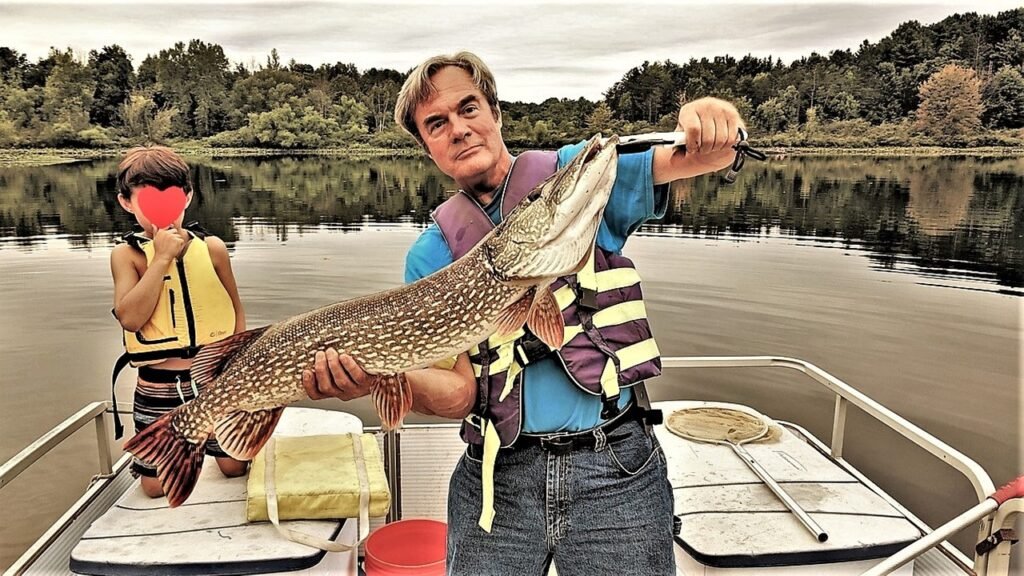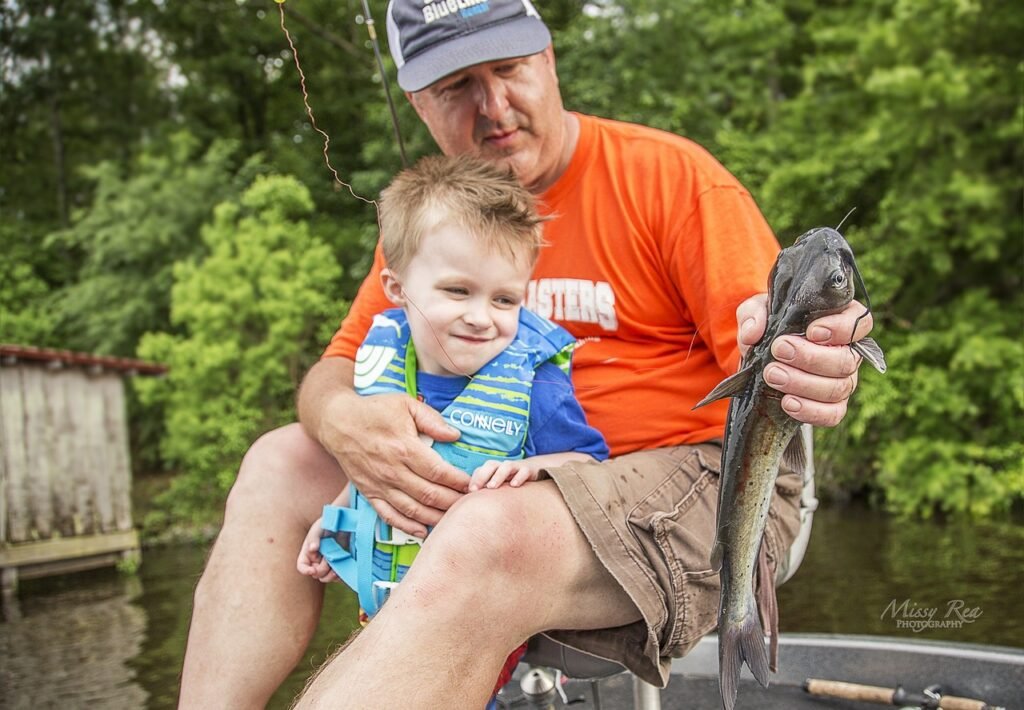Fishing isn’t just a hobby; for many, it’s a lifelong passion that connects them with nature and fellow anglers. But with that passion comes a responsibility – to ensure the sustainability of fishing for generations to come. One practice that embodies this responsibility is CPR Fishing: Catch, Photograph, and Release.
The Essence of CPR Fishing
CPR Fishing, standing for “Catch, Photograph, and Release,” is an environmentally responsible method that plays a significant role in sustaining fish populations while promoting ethical angling practices. This approach involves the careful catching of a fish, followed by taking a swift photograph to immortalize the achievement, and finally, releasing the fish back into its natural habitat as gently as possible to ensure its well-being. By minimizing harm to the caught fish, this practice supports the maintenance of healthy aquatic ecosystems and helps to ensure that future generations can also experience the joy and thrill of fishing. Engaging in CPR Fishing not only contributes to the conservation of fish species but also fosters a deeper appreciation among anglers for the delicate balance of marine life, encouraging a more mindful interaction with nature.
Step by Step to CPR Fishing
1. Catch With Care
Catching the fish is the first step and it’s crucial to execute it correctly. It’s important to always use gear that is appropriate for the specific fish species you are targeting. Depending on whether you are fishing in freshwater or saltwater, the equipment and techniques can vary significantly. For freshwater fishing, this might involve using a specific rig or type of bait that is particularly attractive to the fish you’re hoping to catch. On the other hand, saltwater fishing may require heavier gear and different bait to accommodate the larger species typically found in these environments. Investing in high-quality fishing gear, recommended by seasoned anglers, can make a significant difference in your fishing success. These experienced fishermen can offer valuable advice on the best types of rods, reels, line, and bait to use for various fishing conditions and species. By taking the time to choose the right gear and listen to expert advice, you can significantly increase your chances of a rewarding fishing experience.
Technical Data:
| Gear Type | Species | Best Use |
| Circle Hooks | Bass, Trout | Reduces Deep Hooking |
| Barbless Hooks | General Freshwater | Easier Release |
| Lightweight Line | Panfish | Proper Handling |
2. Photograph Quickly
Once you’ve successfully caught your fish, the next step is to capture that memorable moment with a photo. However, it’s important to act swiftly. Keeping fish out of water for extended periods can lead to stress and harm to the fish. John Spencer, who has spent a lifetime mastering the art of angling, emphasizes the importance of speed and efficiency in this process. He explains, “My primary goal when taking pictures of my catch is to be as efficient as possible. To minimize the time the fish spends out of water, I prepare my camera and have it ready while the fish is still in the water. This way, I can quickly take that perfect shot and release the fish back into its natural habitat as swiftly as possible.” Spencer’s approach ensures that the joy of the catch can be preserved without compromising the well-being of the fish.
Tips for Quick Photography:
- Ensure your camera or smartphone is prepared and easily accessible before you start fishing, so you can quickly capture the moment without delay.
- When it’s time to handle the fish, make sure your hands are wet. This is crucial for preserving the fish’s protective slime layer, which guards against infection and disease.
- If you’re fishing on a sunny day, be mindful of the heat. Keep the fish in a shaded area when out of the water to minimize heat stress and ensure its wellbeing.
- It’s important to handle the fish gently and avoid touching sensitive areas such as the gills or eyes, as this can cause harm. For larger fish, always support them horizontally to avoid injury, providing support with both hands if necessary.
3. Release Responsibly
The release of the fish into its natural habitat marks the final and most essential phase of the catch-and-release process. This step should be carried out with utmost care and gentleness to ensure the fish’s survival and well-being. Before letting the fish go, it’s critical to make sure it is fully revived and shows signs of active life. If upon release, the fish appears lethargic or exhibits signs of distress, it’s important to provide additional support. Gently hold the fish in the water, preferably in a position that allows it to face the current. This helps by moving it slowly back and forth, which encourages water to flow over its gills, simulating natural breathing and aiding in its revival. Continue this motion until the fish demonstrates its readiness to swim away by doing so vigorously and with purpose. This careful approach not only contributes to the health and conservation of fish populations but also fosters a respectful and sustainable fishing practice.
User Review:
“I’ve been practicing CPR fishing for years. It’s rewarding to know that the big bass I caught gets to swim another day. A gentle release is key,” shares avid fisher Mike Lowell.
Why CPR Fishing is Vital for Freshwater Ecosystems
The practice of catch and release isn’t solely focused on the well-being of individual fish; it plays a crucial role in safeguarding the entire fishing ecosystem. Freshwater habitats, in particular, are highly vulnerable to the impacts of overfishing and the resulting depletion of species. This practice allows anglers to contribute positively by ensuring that fish populations remain vibrant and sustainable, thereby supporting the long-term health of the sport.
Furthermore, the principle of catch, photo, and release (CPR) is instrumental in preserving the genetic diversity of fish populations. Larger fish, which are often caught, tend to be the strongest genetic specimens within their communities. By choosing to release these prime specimens back into their natural habitat, anglers increase the likelihood of a robust and healthy offspring. This, in turn, ensures that the process of natural selection can proceed as intended, with the best genes being passed on to future generations, thus contributing to the overall resilience and health of the ecosystem.
In essence, the practice of catch and release, underscored by a commitment to CPR, is more than just a fishing technique—it’s a conscientious approach to recreational fishing that promotes environmental stewardship and the preservation of our aquatic ecosystems for future generations to enjoy.
Concluding the CPR Fishing Saga
Remember, CPR Fishing is more than just a practice – it’s a stewardship. It’s about the story, the battle with the fish, and the respect given to aquatic life. By following these principles, you preserve those stories for the future and make sure that the art of the catch is an experience that can be enjoyed again and again.
In telling your fish tales and sharing your snapshots, you’re not just holding on to personal memories; you’re also advocating for a respectful and responsible fishing culture. It’s a powerful message sent through the lens of conservation, one that aligns the angler’s love for the sport with the pivotal role they play in environmental care.
Fishing enthusiasts, by adhering to the principles of CPR Fishing, your legacy will not only be measured by the size of the fish you ‘almost’ caught but also by the positive impact you’ve had on preserving the delicate balance of our aquatic ecosystems.
Remember, every fish returned is an opportunity for another incredible story.
Fish on, but more importantly, fish forward.
—
Would you like to hear more about responsible angling practices or perhaps deep-dive into the best gear for freshwater fishing? Leave a comment below with your experiences and insights, or reach out for a conversation that could ripple out to better the fishing world! 🎣
And if you found this article helpful, consider joining our newsletter for more tips, reviews, and fishing tales.



